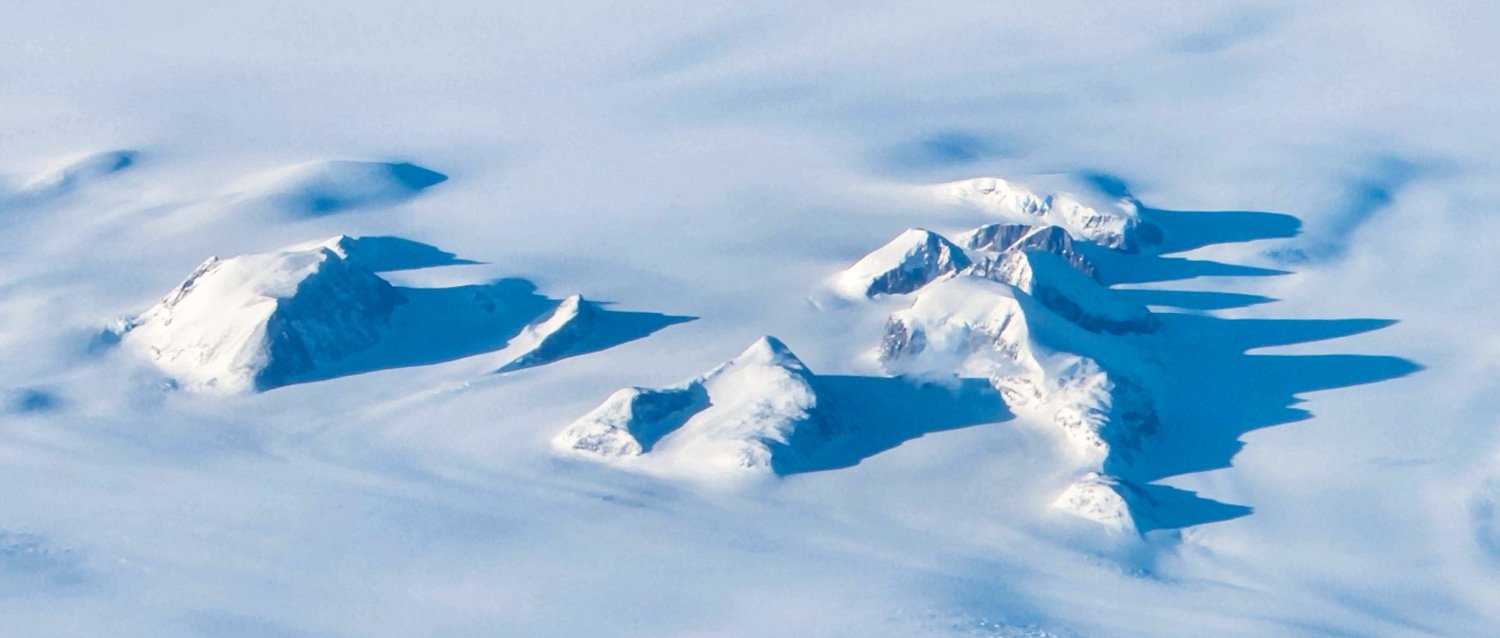About ten minutes from where we stayed on Iceland’s south coast is one of the country’s wonders. A tongue of the massive Vatnajökull glacier flows into Jökulsárlón Glacier Bay where icebergs break off and flow on Iceland’s shortest river into the Atlantic. Then waves break the bergs even more, and incoming tides push the broken ice unto the black sand, giving the place its name—Diamond Beach. Unfortunately, for our visit, no ice flowed back to the beach. Nonetheless, the mountains, glacier, bay, and beach were still wondrously beautiful.
Jökulsárlón Bay, Iceland
As we sat at the edge of the water, a school of fish fluttered and jumped in front of us, and soon seals were feeding. Far across the Atlantic, past Greenland, on Cape Cod, Mary Oliver watched seals and wrote a poem of memory.
Winter at Herring Cove
Years ago,
on the bottle-green light
of the cold January sea,
Breaker on Bagh Steinigidh
two seals
suddenly appeared together
in a single uplifting wave—
Seal on Jökulsárlón
each in exactly the same relaxed position—
each, like a large, black comma,
upright and staring;
it was like a painting
done twice
and, twice, tenderly.
Sunset seal
The wave hung, then it broke apart;
its lip was lightning;
its floor was the blow of sand
over which the seals rose and twirled and were gone.
Of all the reasons for gladness,
what could be foremost of this one,
Dawn Jökulsárlón beach
that the mind can seize both the instant and the memory!
Now the seals are no more than the salt of the sea.
If they live, they’re more distant than Greenland.
Over Greenland
But here’s the kingdom we call remembrance
with its thousand iron doors
through which I pass so easily,
Loch Ba golden ice
switching on the old lights as I go—
while the dead wind rises and the old rapture rewinds,
the stiff waters once more begin to kick and flow.
Herring Cove, Mary Oliver from What Do We Know? 2002
Dawn on Diamond Beach, Jökulsárlón, Iceland







